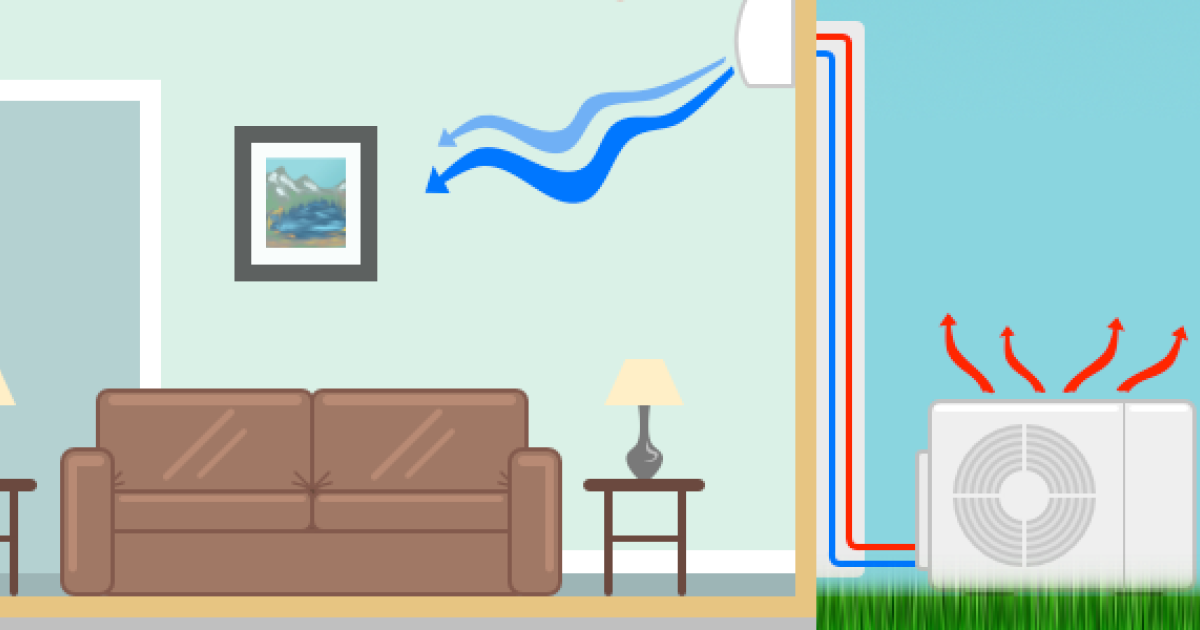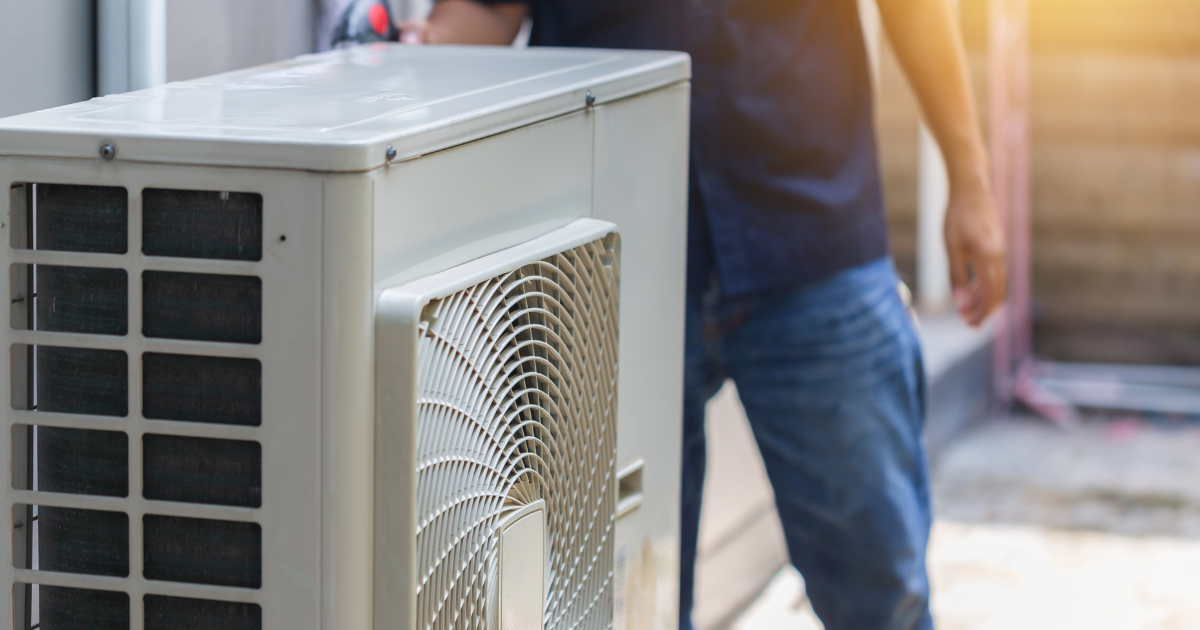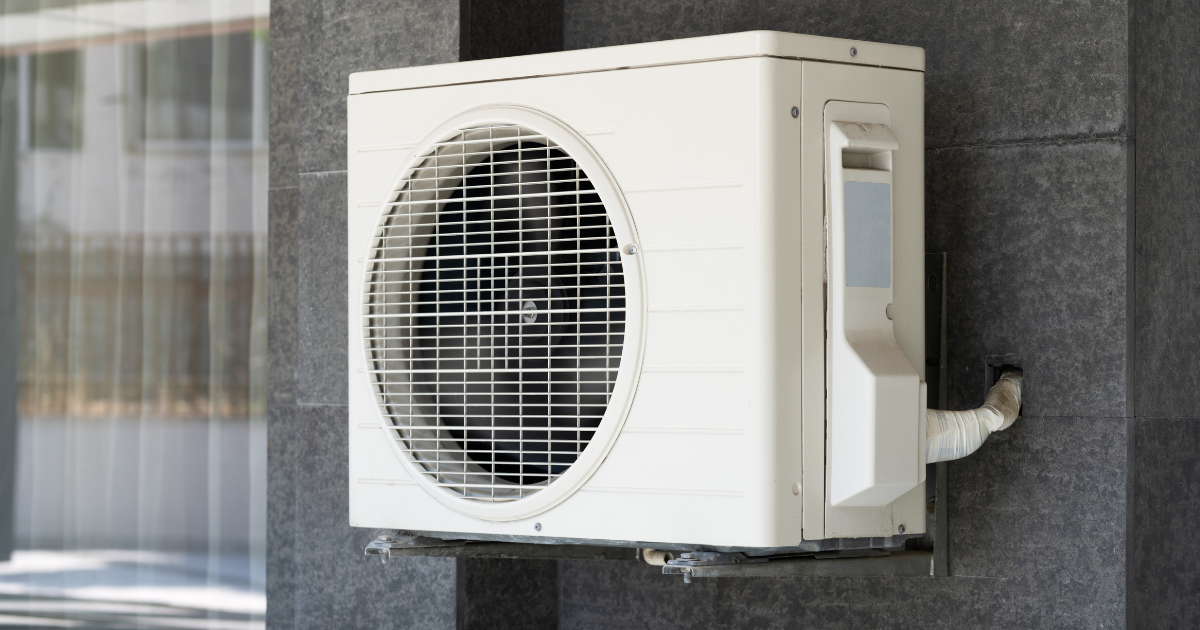The Science of Being Cool
Even with summer coming to a gradual close, air conditioning is still an important part of keeping your home comfortable throughout the year. According to the American census, 65.9 percent of homes had some form of central air conditioning in 2011.
One of the more recent improvements to the modern air conditioning system is ductless air conditioning. The popularity of this new system is growing and it’s easy to see how ductless may replace traditional air conditioning. Let’s take a closer look at ductless air conditioning.
Before we go further, let’s take a step back and look at the science that goes into air conditioners. Air conditioning takes advantage of one very basic law of physics. When a liquid turns into a gas—a process known as evaporation—it absorbs heat. You can feel this when you wipe some cold water on your arm. It feels cool because of evaporation. Air conditioners essentially force chemical refrigerants to turn from liquid to gas and back again over and over through a system of closed coils.
The refrigerant moves through a series of indoor and outdoor coils. When hot air flows over the indoor coils, they absorb the heat and collect the humidity from your home. The heat travels thru pipes to the outdoor coils where the fan on the a/c unit pulls cooler air across the coils and takes the heat away, as the refrigerant cools it returns to a liquid again and travels back inside the home to pick up more heat. Fortunately, refrigerants are designed to change their molecular state (liquid to gas to liquid again) at fairly low temperatures. The compressor, like our heart, continually pumps the refrigerant through this process, which efficiently removes heat from your home and exchanges it outside.
Keeping It Traditional
Traditional central air conditioning is a split system consisting of an indoor coil usually installed above the furnace and a compressor unit located somewhere outside the home. When you turn your air conditioner on, the compressor springs to life and pumps the chemical refrigerant into the system inside the house, supplying you with all that chill air, which travels through ducts to cool your entire home. As the indoor unit transfers the heat into the refrigerant, it travels to the compressor and coils outside, which release the heat into the air.
For apartments and smaller homes, you may have a window unit. Unlike central air systems, window units combine the coils and the compressor into the single unit, but they work in the same general way. Heat is removed from your home and transferred through the compressor and radiates from the coils into the outside air—the part sticking out of the window.
Hey, Where’s the Duct?
Ductless air conditioning still uses the same basic methods as a traditional system—evaporation, compression, and condensation. Ductless systems are also split with the compressor outside and the cooling parts inside. The big difference is, unsurprisingly, the lack of ducts.
No ducts means no air conditioning vents, so how is heat removed out of the home? Indoor air-handling units, called heads or cassettes, make this happen right within the room itself. The heads are linked by a refrigerant line that connects them to the compressor outside.
Why Ductless?
Ductless systems provide a lot of advantages over the traditional system. The system is zonal, which means you can place heads in different rooms to create several zones with different temperatures. In other words, you can make a completely comfortable home that adjusts to your own needs. For example, you could keep your bedroom a cool 67 degrees while keeping your kitchen a comfortable 75 degrees. Alternately, you can turn on heads in sunny parts of the house and leave those in shaded areas off saving you money.
Ductless systems also present a ton in savings. Installation can be easier and cost effective as you don’t have to worry about installing a whole network of ducts into your home. It’s a matter of mounting the indoor units, making a few electrical connections and hooking up the refrigerant lines to the outdoor unit. Ductless air conditioning is also more efficient than traditional systems. Much of that is attributed to the lack of ducts, which are prone to leaks of up to 35% in the average home and can gain heat from the attic. Ductless heads remove heat and provide cool air directly in the room itself instead of sending air all the way to a central location of the home to be cooled and back again.
If you’re considering installing ductless air conditioning in your home, contact a professional ductless air conditioning specialist like Bob Jenson A/C today to learn which system can work for your home and comforts needs.

Bob Jenson
For over 45 years, Bob Jenson has been providing quality heating and air services to the San Diego community.
Request Service
Please fill out the form below to request an estimate or schedule service.
"*" indicates required fields







